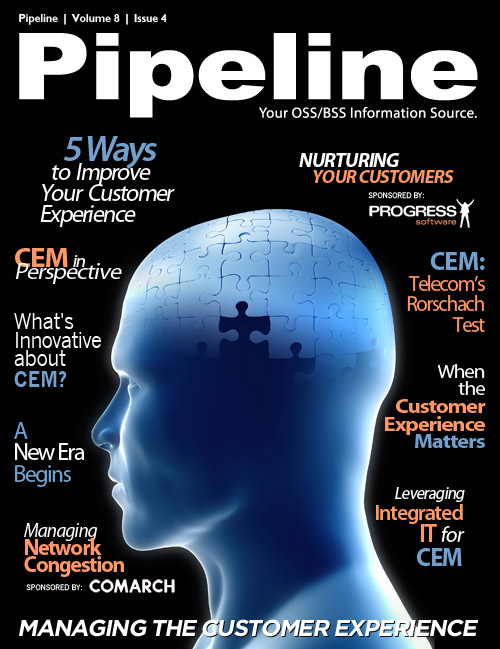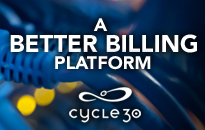Other studies support this finding. Yankee Group’s 2011 survey of 1,278 U.S. consumers found that
nearly half (46 percent) of all users describe themselves as “very willing“ to pay an extra 10 percent per
month for higher download speeds automatically provided based on use.
These findings point to a wealth of opportunity for CSPs seeking to differentiate their services and
create a user experience that develops customer loyalty. In fact, it speaks to one of several points along
the value chain at which CSPs can enhance the customer experience.
The first is at the very beginning of a relationship with a new customer. At the point of sale, a cohesive
online and in-store retail experience (a la Apple) is important, and the CSP has an opportunity to create
a strong first impression through the activation and provisioning process, as well. Is the customer
getting precisely what he or she ordered, and are those services available as quickly as possible?
Once that hurdle is cleared, the hard work really begins. The second general area for customer
experience enhancement is the optimization of services as they are being used.
This area is perhaps the most crucial of the many types of CEM solutions currently flooding the market.
CSPs need clear insight into what their users are doing and where problems and opportunities may
emerge. The accuracy and availability of real-time analytics is better than ever, and operators not
currently employing these services in a strategic way are missing the boat.
This is where CEM offers something new. Companies like Comptel are taking the idea of customer
experience beyond call centers and self-care portals, which are certainly important, but don’t offer a
fundamental understanding of customer behavior.
This level of analysis can help bolster other important areas like policy control. As wireless customers,
especially, continue to do more in more places, a clear picture of the entitlements of those customers
can ensure that subscribers get exactly what they pay for when and where they need it.
Furthermore, areas like roaming cost control, an area of particular concern for European users, can
ingratiate customers to their carriers. If they can be sent a free SMS when they’ve roamed onto an
international tower, or an option to turn off their data packages when in a high-cost roaming area, this
increases the level of trust between customer and provider. Sure, a bit of revenue may be lost, but any
charges perceived by the customer as hidden or underhanded arguably cause more harm than good to
the service provider in an age of rampant competition.
This notification process can also extend to other services. If a subscriber is downloading a movie and is
given the option to temporarily upgrade download speed for a nominal premium, what’s the downside?
Finally, customer experience can be enhanced after something goes wrong. And things do go wrong.
Using the same level of customer visibility that enables policy control and real-time analysis, however,
many of these faults can be managed before the customer is even aware of the issue. Having a
customer experience strategy that is thoroughly embedded in the OSS layer creates a nerve center that
lets the CSP use information they’d be collecting anyway to build stronger customer relationships.
CSPs may not always be loved, but they should be trusted. In the current state of widespread
competition, this trust-based differentiator could be just the thing that elevates the user experience,
drives down churn, elevates ARPU and turns customers into brand ambassadors.











